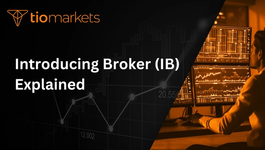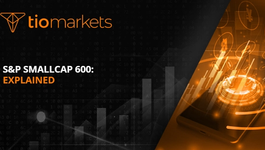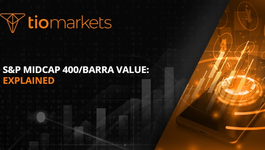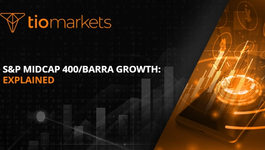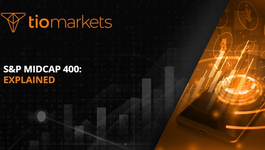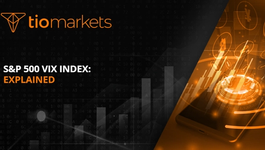Optimal capital structure: Explained
BY TIOmarkets
|August 12, 2024In the world of trading, the term 'Optimal Capital Structure' is a fundamental concept that every trader should understand. It refers to the ideal mix of debt and equity financing that a company uses to fund its operations and growth. This balance is crucial as it directly influences the firm's cost of capital and, consequently, its profitability and risk profile.
The concept of optimal capital structure is based on the premise that each company has an ideal debt-to-equity ratio that maximizes its value and minimizes its cost of capital. This ratio varies from company to company, depending on factors such as business risk, tax rate, financial risk, profitability, growth rate, and market conditions. Understanding this concept is crucial for traders as it can significantly impact investment decisions.
Understanding Capital Structure
Before delving into the concept of optimal capital structure, it is important to understand what capital structure is. In simple terms, capital structure refers to how a company finances its operations and growth using different sources of funds. These sources can be broadly classified into debt and equity.
Debt includes loans, bonds, and other forms of borrowing, while equity refers to shareholders' funds, retained earnings, and other forms of internal sources. The mix of debt and equity is a strategic decision made by the company's management, and it can significantly impact the company's risk and return profile.
Importance of Capital Structure
Capital structure is important for several reasons. Firstly, it determines the company's solvency and financial stability. A company with a high level of debt may face solvency issues if it fails to meet its financial obligations. On the other hand, a company with a high level of equity may be considered financially stable as it is less dependent on external financing.
Secondly, capital structure influences the company's cost of capital. Debt is generally cheaper than equity as interest payments are tax-deductible. However, a high level of debt increases financial risk, which can lead to a higher cost of capital. Therefore, companies need to strike a balance between debt and equity to minimize their cost of capital.
Components of Capital Structure
Capital structure is composed of debt and equity. Debt can be short-term or long-term, and it includes loans from banks, bonds issued to investors, and trade payables. Equity, on the other hand, includes common stock, preferred stock, retained earnings, and additional paid-in capital.
Each component of capital structure has its own cost and risk. For example, debt has a fixed cost (interest), and failure to pay this cost can lead to bankruptcy. Equity, on the other hand, does not have a fixed cost, but it requires the company to share its profits with shareholders. Therefore, the choice of capital structure components can significantly impact a company's profitability and risk profile.
Understanding Optimal Capital Structure
Optimal capital structure is the mix of debt and equity that minimizes a company's cost of capital and maximizes its value. This concept is based on the trade-off theory of capital structure, which suggests that there is an optimal level of debt that balances the benefits of debt (tax shield) and the costs of debt (financial distress).
According to this theory, as a company increases its debt, its cost of debt increases due to the increased risk of bankruptcy. At the same time, the cost of equity also increases as shareholders require a higher return for the increased risk. Therefore, the company's overall cost of capital increases, and its value decreases. The point at which the company's value is maximized and its cost of capital is minimized is considered the optimal capital structure.
Factors Influencing Optimal Capital Structure
Several factors can influence a company's optimal capital structure. These include business risk, tax rate, financial risk, profitability, growth rate, and market conditions. Business risk refers to the risk associated with the company's operations. A company with high business risk may prefer a lower level of debt to avoid financial distress.
Tax rate is another important factor as interest payments on debt are tax-deductible. Therefore, companies in high tax brackets may prefer a higher level of debt to take advantage of the tax shield. Financial risk refers to the risk of bankruptcy due to high levels of debt. Companies with high financial risk may prefer a lower level of debt to reduce this risk.
Implications of Optimal Capital Structure
The concept of optimal capital structure has several implications for traders. Firstly, it helps traders understand the risk and return profile of a company. A company with a high level of debt may have a higher return on equity due to the leverage effect. However, it may also have a higher risk of bankruptcy.
Secondly, optimal capital structure can influence a company's stock price. If a company's actual capital structure deviates from its optimal capital structure, it may lead to a change in the company's cost of capital and, consequently, its stock price. Therefore, understanding optimal capital structure can help traders make informed investment decisions.
Calculating Optimal Capital Structure
Calculating a company's optimal capital structure involves determining the debt-to-equity ratio that minimizes the company's cost of capital. This can be done using various financial models, such as the Modigliani-Miller theorem, the trade-off theory, and the pecking order theory.
These models take into account various factors, such as the company's business risk, tax rate, financial risk, profitability, growth rate, and market conditions. By adjusting these factors, the models can estimate the company's optimal capital structure.
Modigliani-Miller Theorem
The Modigliani-Miller theorem is a fundamental theory in corporate finance that states that, in the absence of taxes, bankruptcy costs, and asymmetric information, a company's value is unaffected by its capital structure. This theorem provides a baseline for understanding the impact of capital structure on a company's value.
However, in the real world, taxes, bankruptcy costs, and asymmetric information do exist. Therefore, the theorem has been modified to include these factors, leading to the concept of optimal capital structure. According to the modified Modigliani-Miller theorem, a company's value is maximized when its cost of capital is minimized, which occurs at the optimal capital structure.
Trade-off Theory
The trade-off theory of capital structure suggests that there is an optimal level of debt that balances the benefits of debt (tax shield) and the costs of debt (financial distress). According to this theory, as a company increases its debt, its cost of debt increases due to the increased risk of bankruptcy. At the same time, the cost of equity also increases as shareholders require a higher return for the increased risk.
Therefore, the company's overall cost of capital increases, and its value decreases. The point at which the company's value is maximized and its cost of capital is minimized is considered the optimal capital structure. This theory is widely used in practice to determine a company's optimal capital structure.
Implications for Traders
Understanding optimal capital structure is crucial for traders as it can significantly impact investment decisions. A company's capital structure can influence its risk and return profile, its stock price, and its financial stability. Therefore, traders need to understand this concept to make informed investment decisions.
For example, a company with a high level of debt may offer a higher return on equity due to the leverage effect. However, it may also have a higher risk of bankruptcy. On the other hand, a company with a high level of equity may be considered financially stable, but it may offer a lower return on equity. Therefore, traders need to consider a company's capital structure when evaluating its investment potential.
Investment Decisions
Optimal capital structure can influence a trader's investment decisions in several ways. Firstly, it can help traders assess the risk and return profile of a company. A company with a high level of debt may offer a higher return on equity due to the leverage effect. However, it may also have a higher risk of bankruptcy.
Secondly, optimal capital structure can influence a company's stock price. If a company's actual capital structure deviates from its optimal capital structure, it may lead to a change in the company's cost of capital and, consequently, its stock price. Therefore, understanding optimal capital structure can help traders make informed investment decisions.
Financial Analysis
Optimal capital structure is also an important factor in financial analysis. It can help traders assess a company's financial stability, profitability, and growth potential. For example, a company with a high level of debt may have a high interest expense, which can reduce its profitability. On the other hand, a company with a high level of equity may have a lower interest expense, but it may also have a lower return on equity.
Therefore, understanding optimal capital structure can help traders conduct a comprehensive financial analysis of a company. This can provide valuable insights into the company's financial health and its future prospects, thereby aiding in investment decision-making.
Conclusion
In conclusion, optimal capital structure is a fundamental concept in trading that refers to the ideal mix of debt and equity financing that a company uses to fund its operations and growth. This balance is crucial as it directly influences the firm's cost of capital and, consequently, its profitability and risk profile.
Understanding this concept is crucial for traders as it can significantly impact investment decisions. By understanding a company's optimal capital structure, traders can assess its risk and return profile, its financial stability, and its investment potential. Therefore, optimal capital structure is a key concept that every trader should understand.
Start Trading with an Optimal Strategy at TIOmarkets
Now that you're equipped with the knowledge of optimal capital structure, take your trading to the next level with TIOmarkets. As a top-rated forex broker, we offer an online trading platform where you can trade over 300 instruments across Forex, indices, stocks, commodities, and futures markets. Benefit from low fees and join the 170,000+ traders in over 170 countries who have chosen TIOmarkets. Enhance your skills with our comprehensive educational resources and step-by-step guides. Ready to apply your understanding of capital structure to real-world trading? Create a Trading Account today and embark on a journey to trading success.
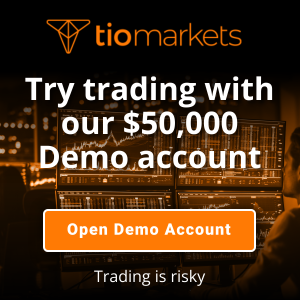
Risk disclaimer: CFDs are complex instruments and come with a high risk of losing money rapidly due to leverage. You should consider whether you understand how CFDs work and whether you can afford to take the high risk of losing your money. Never deposit more than you are prepared to lose. Professional client’s losses can exceed their deposit. Please see our risk warning policy and seek independent professional advice if you do not fully understand. This information is not directed or intended for distribution to or use by residents of certain countries/jurisdictions including, but not limited to, USA & OFAC. The Company holds the right to alter the aforementioned list of countries at its own discretion.
Join us on social media
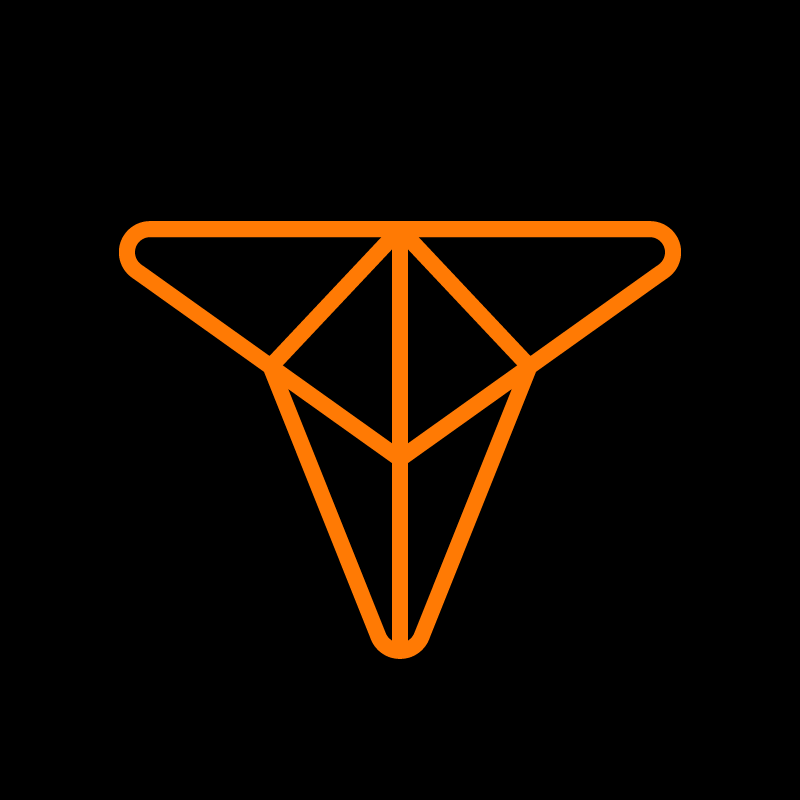
Behind every blog post lies the combined experience of the people working at TIOmarkets. We are a team of dedicated industry professionals and financial markets enthusiasts committed to providing you with trading education and financial markets commentary. Our goal is to help empower you with the knowledge you need to trade in the markets effectively.
